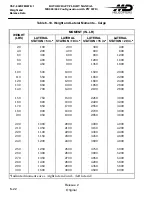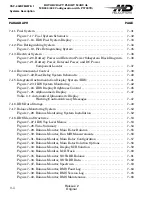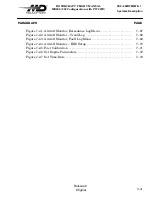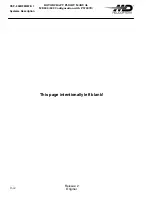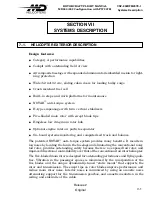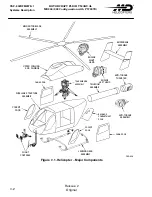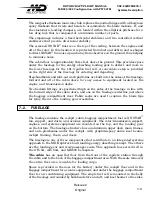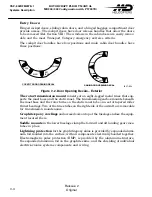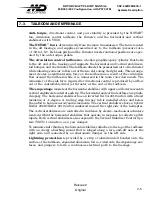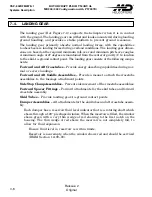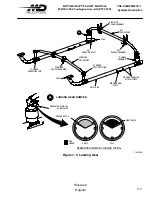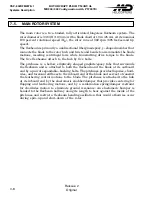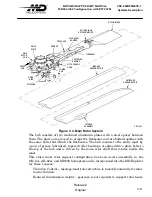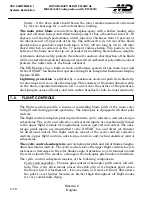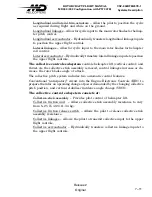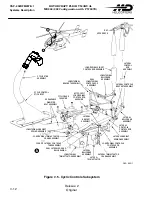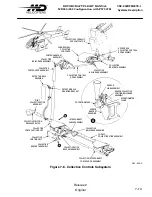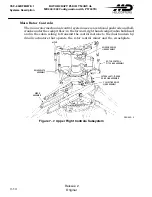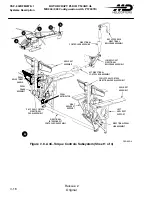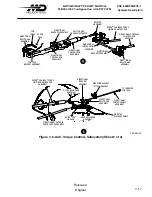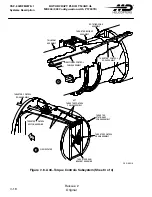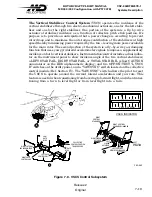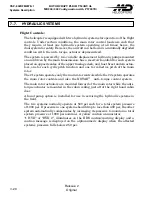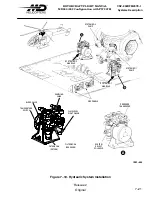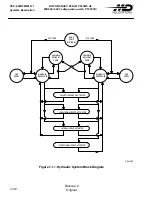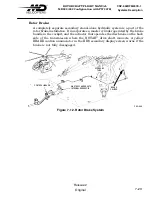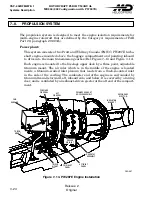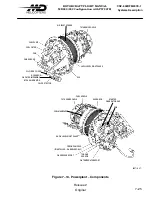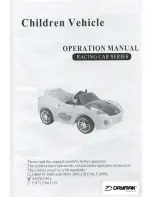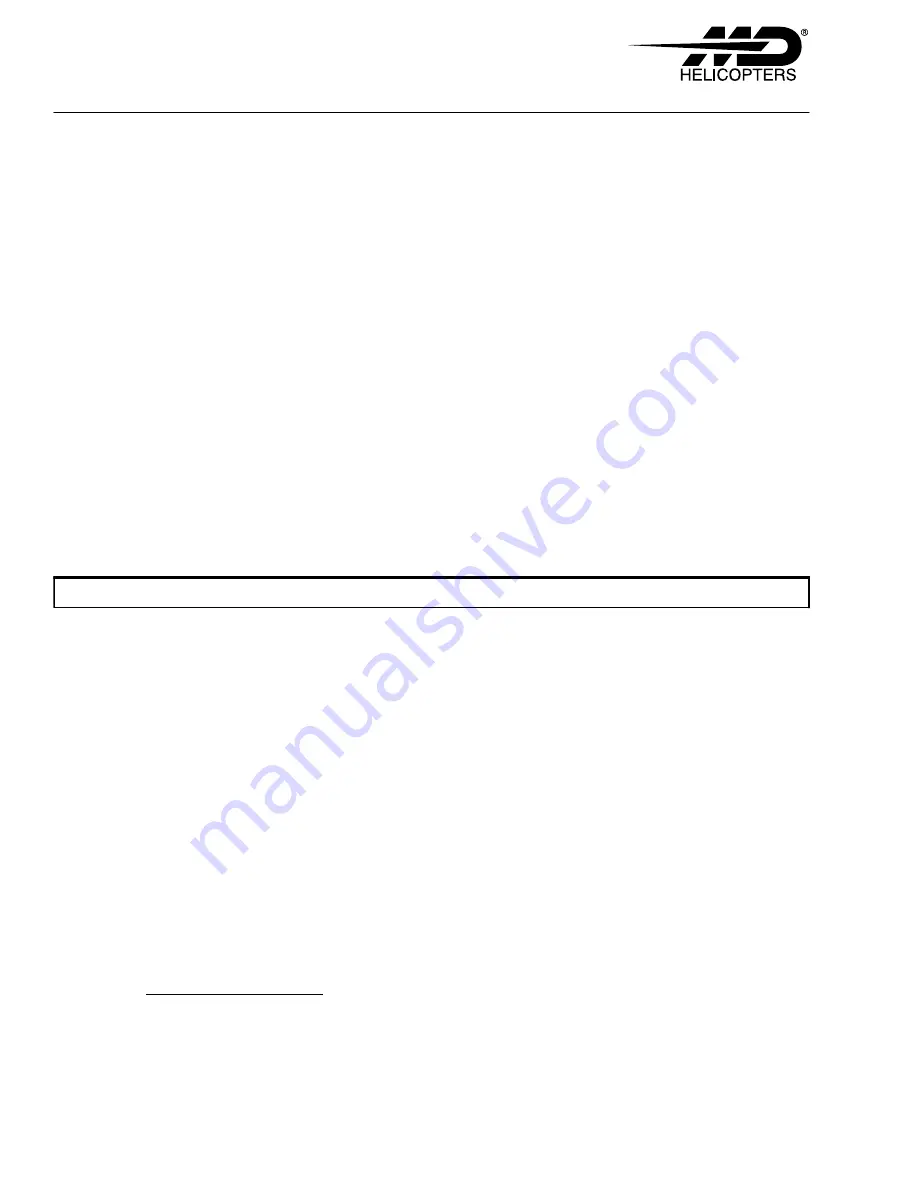
CSP
−
902RFM207E
−
1
ROTORCRAFT FLIGHT MANUAL
MD900 (902 Configuration with PW 207E)
Systems Description
Original
7
−
10
Reissue 2
Safety - if the drive shaft should break, the rotor remains mounted to the mast
by its two bearings for a safe autorotation landing.
The main rotor blade
is made from fiberglass/epoxy with a hollow leading edge
spar and a Nomex honeycomb-filled trailing edge. It has a theoretical twist of -10
degrees; and the high performance airfoil tapers in thickness from 12 percent at
it's inboard end to 9.5 percent at the tip. The outboard 14 in. (36 cm) of the blade
planform has a parabolic swept back taper. A 8 in. (20 cm) long by 3/4 in. (20 mm)
chord trim tab is centered on the 77 percent radius station. Two pockets in the
bottom of the blade near the tip are provided for installing blade balance weights.
A titanium abrasion strip protects the inboard, constant-chord portion of the blade
while an electroformed nickel abrasion strip is fitted outboard. A polyurethane sheet
protects the under side of the blade outboard.
The MD Explorer has a built-in track and balance system for the main rotor and
for the NOTAR
fan blades that operates through the Integrated Instrument Display
System (IIDS).
Lightning protection
is afforded by a continuous electrical path from blade tip
to rotor mast, and so on into the fuselage. This consists of the metal abrasion strip
on the blade, expanded aluminum foil co-cured onto the surface of the pitchcase,
dual jumpers across all joints, and twin carbon brushes for hub-to-mast continuity.
7
−
6.
FLIGHT CONTROLS
The flight controls provide a means of controlling blade pitch of the main rotor
in flight and during ground operations. The helicopter is equipped with dual pilot
controls.
The flight controls integrate pilot inputs from the cyclic, collective, and anti-torque
subsystems. The cyclic and collective control stick inputs are mechanically linked
to the upper flight controls for longitudinal, lateral, and vertical control. The anti-
torque pedal inputs are transmitted to the NOTAR
fan and direct jet thruster
for directional control. The flight controls consist of the cyclic controls, collective
controls, upper flight controls, anti-torque controls, and vertical stabilizer control
subsystems.
The cyclic controls subsystem
controls helicopter pitch and roll attitudes (longitu
dinal and lateral control). The cyclic controls move the upper flight controls to cycle
increases or decreases in the rotor blades angle of attack in a cyclic manner around
the rotor azimuth. The result is a change in the helicopter pitch and/or roll attitude.
The cyclic control subsystem consists of the following components:
Cyclic stick assembly
- Provides pilot control of helicopter pitch and/or roll atti
tude. This cyclic stick mount places the stick grip at its highest point above
the floor when it is farthest aft - it moves down as it moves forward. This allows
the pilot to rest his/her forearm on his/her thigh throughout all flight modes
for very comfortable flying.
Summary of Contents for MD900 Explorer
Page 4: ......

